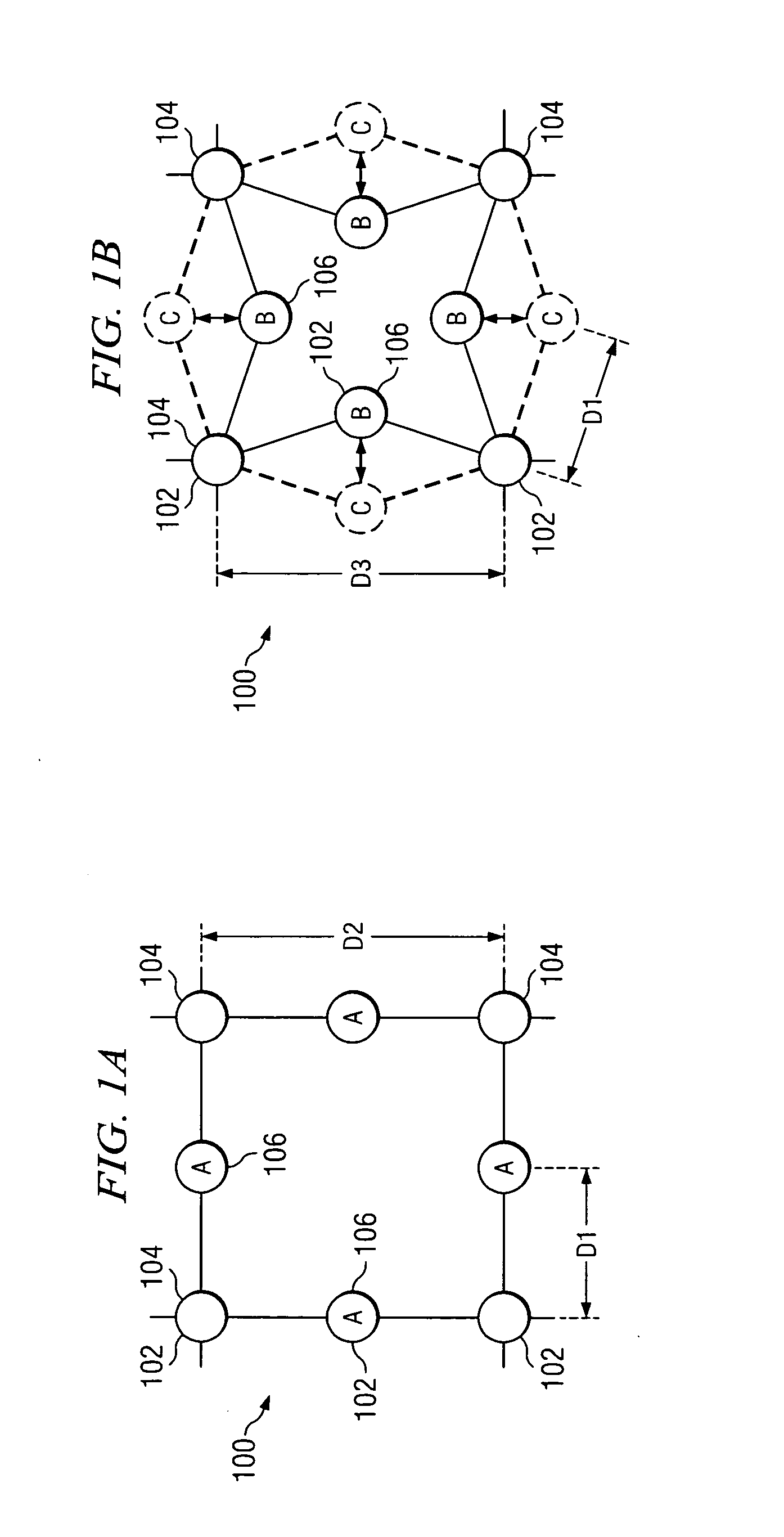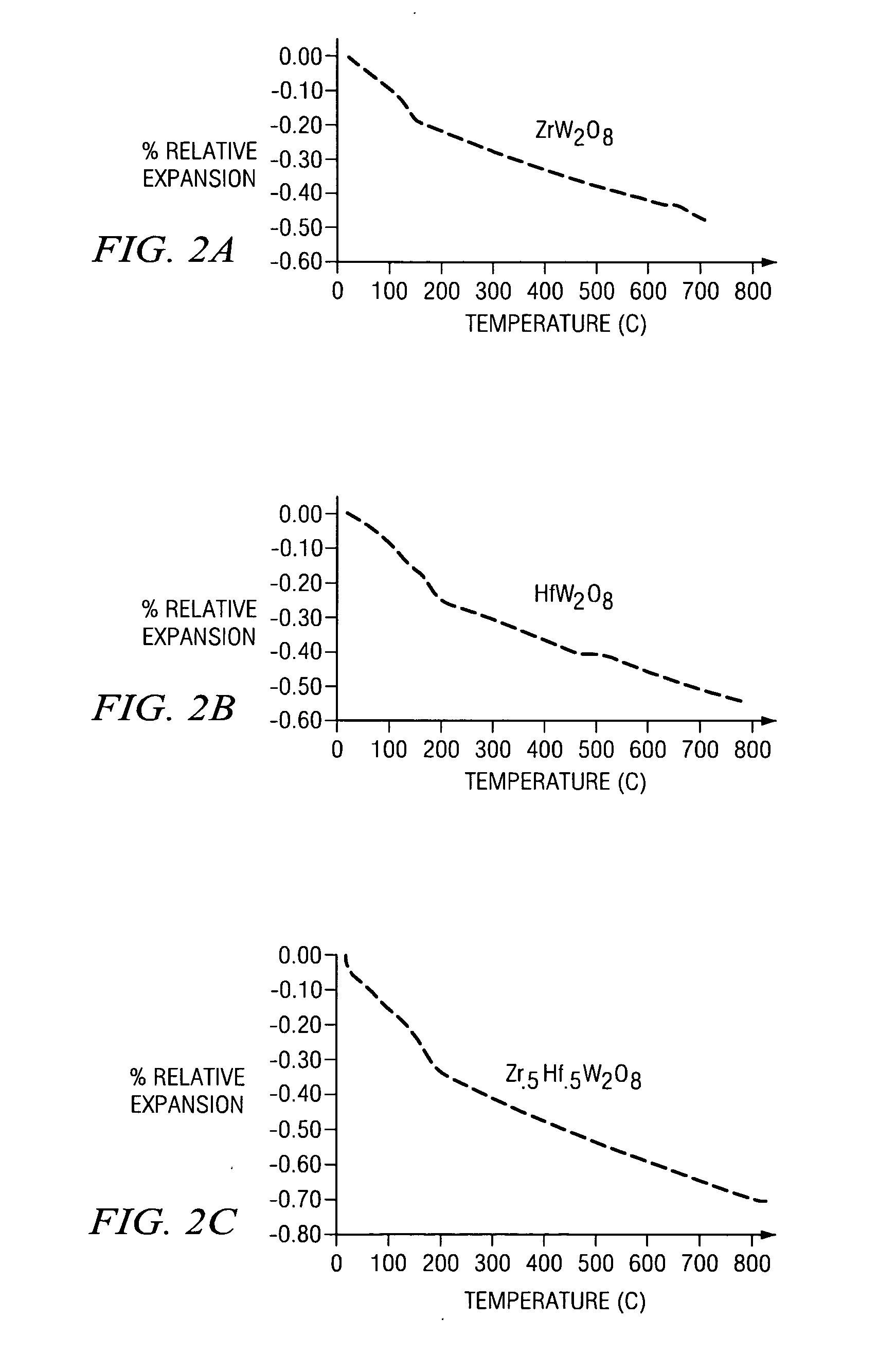Low coefficient of thermal expansion (CTE) semiconductor packaging materials
a technology of thermal expansion and semiconductor packaging, applied in semiconductor devices, semiconductor/solid-state device details, electrical devices, etc., can solve the problems of tensile force cracking, ripping or otherwise damaging sensitive features or components on or near the surface, and the interface of the two materials may be subject to high stress. , the effect of reducing the tensile for
- Summary
- Abstract
- Description
- Claims
- Application Information
AI Technical Summary
Benefits of technology
Problems solved by technology
Method used
Image
Examples
Embodiment Construction
[0015] Zirconium tungstate (ZrW2O8) is a relatively new material having a negative CTE. That is, zirconium tungstate tends to shrink, rather than expand, when heated. If mixed with a typical positive-CTE material to form a composite material, a negative-CTE material such as zirconium tungstate may be able to counteract expansion of the positive-CTE material to form a composite material with little or no thermal expansion. Further, by varying the amount of negative-CTE material introduced into a mixture with the positive-CTE material, the CTE of the composite may be designed to approach a specific value, such as that of a silicon die (e.g., about 3 ppm / C) or another adjacent material.
[0016] Referring now to FIG. 1A, a simplified molecular lattice structure 100 is shown of a negative-CTE material prior to thermal excitement. In the configuration shown, each atom 102 is at a distance D1 from each adjacent atom on the lattice 100. Each corner atom 104 has a distance D2 from adjacent co...
PUM
 Login to View More
Login to View More Abstract
Description
Claims
Application Information
 Login to View More
Login to View More - R&D
- Intellectual Property
- Life Sciences
- Materials
- Tech Scout
- Unparalleled Data Quality
- Higher Quality Content
- 60% Fewer Hallucinations
Browse by: Latest US Patents, China's latest patents, Technical Efficacy Thesaurus, Application Domain, Technology Topic, Popular Technical Reports.
© 2025 PatSnap. All rights reserved.Legal|Privacy policy|Modern Slavery Act Transparency Statement|Sitemap|About US| Contact US: help@patsnap.com



